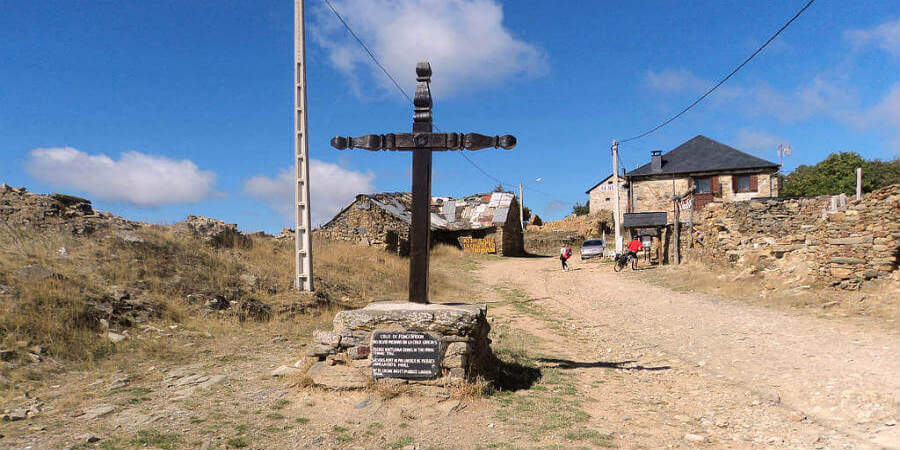The Camino de Santiago is rich in history, culture, and stunning landscapes. While famous sites draw many visitors, lesser-known landmarks hold fascinating stories. These hidden historical landmarks offer a glimpse into the past, away from the crowds.
Forgotten Treasures of the Camino
Walking the Camino reveals history at every turn. Some landmarks remain unnoticed, yet they are worth exploring. Here are some lesser-known historical sites along different Camino routes.
The Romanesque Church of Santa María de Eunate
Located near Puente la Reina on the Camino Francés, this octagonal church dates back to the 12th century. Its design is unique, with Moorish influences and a mysterious history. Some believe it was a Templar church, while others link it to the Order of St. John. Its isolated setting enhances its mystique.
The Ruins of San Antón Monastery
On the way to Castrojeriz along the Camino Francés, these ruins stand as a hauntingly beautiful reminder of a medieval hospital for pilgrims. Founded in the 12th century, the monastery belonged to the Order of St. Anthony. Pilgrims once passed through the monastery’s great archway, receiving blessings for their journey.
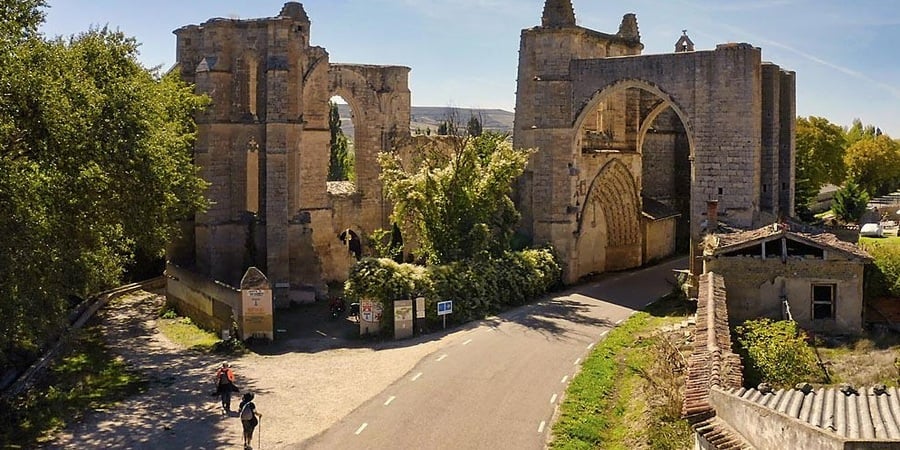
Hidden Medieval Bridges and Roads
Old bridges and ancient roads tell stories of past pilgrims and traders. Many remain intact, offering a connection to history.
The Puente de Órbigo
This impressive medieval bridge stretches across the Órbigo River near Hospital de Órbigo, about 30 km past León on the Camino Francés. It dates back to the 13th century and is linked to a famous knightly joust. A nobleman once defended the bridge to prove his devotion to love, an event known as the “Paso Honroso.”
The Roman Road in Extremadura
The Vía de la Plata follows an ancient Roman road that once connected southern Spain to the north. Built over 2,000 years ago, some sections remain visible today, showcasing remarkable Roman engineering.
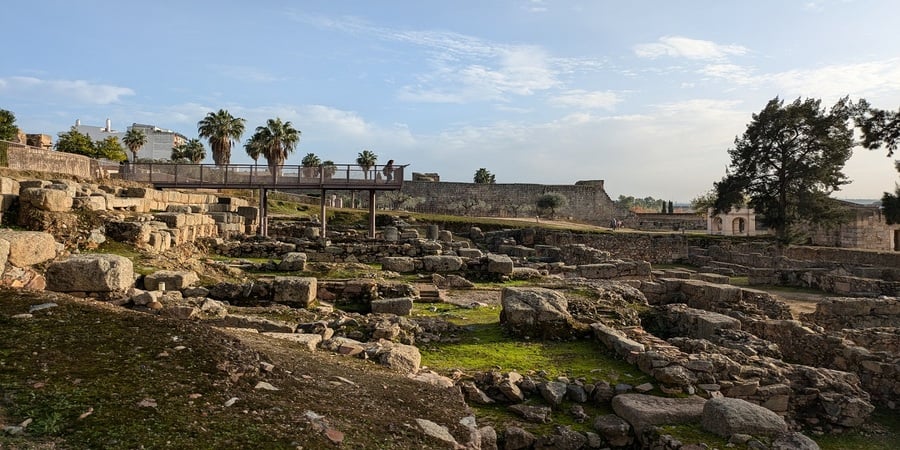
Lesser-Known Chapels and Hermitages
Many small chapels and hermitages dot the Camino, some hidden in forests or perched on hills.
The Chapel of Santa Marta de Tera
This small, unassuming chapel in Zamora along the Vía de la Plata hides one of the earliest representations of St. James as a pilgrim. The Romanesque carvings date back to the 11th century, making it a significant yet overlooked historical site.
The Ermita de San Andrés de Teixido
Tucked along the rugged cliffs of Galicia along the Camino del Norte, this small hermitage is a hidden treasure. According to legend, those who do not visit in life must return in spirit. It offers breathtaking views of the Atlantic Ocean.
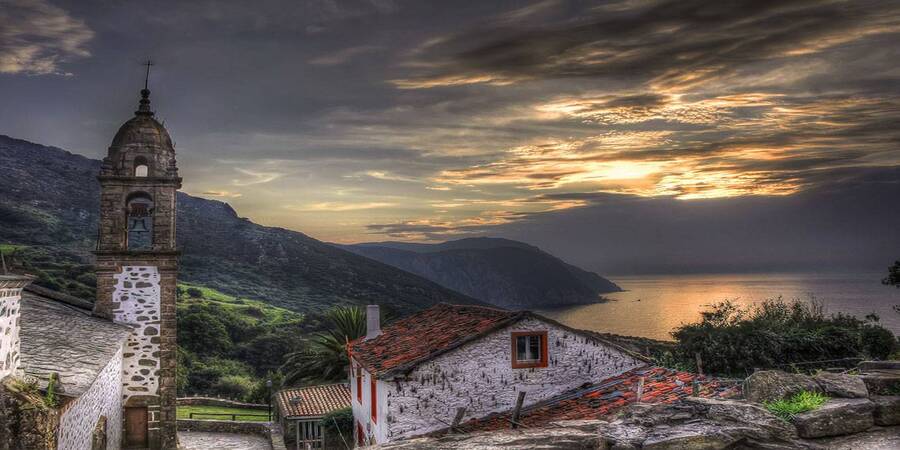
Abandoned Villages and Lost Settlements
Some villages along the Camino have been abandoned over time, yet their ruins whisper stories of past inhabitants.
The Ghost Village of Foncebadón
Once an important stop for pilgrims, Foncebadón on the Camino Francés was nearly abandoned in the 20th century. Today, it is slowly being revived, but its ruined houses still tell of a once-thriving community. It also lies near the famous Cruz de Ferro, where pilgrims leave symbolic stones.
The Lost Village of O Cebreiro
This ancient village on the Camino Francés, with its distinctive stone huts called “pallozas,” preserves a unique way of life. O Cebreiro is known for its pre-Roman origins and a legendary Eucharistic miracle.
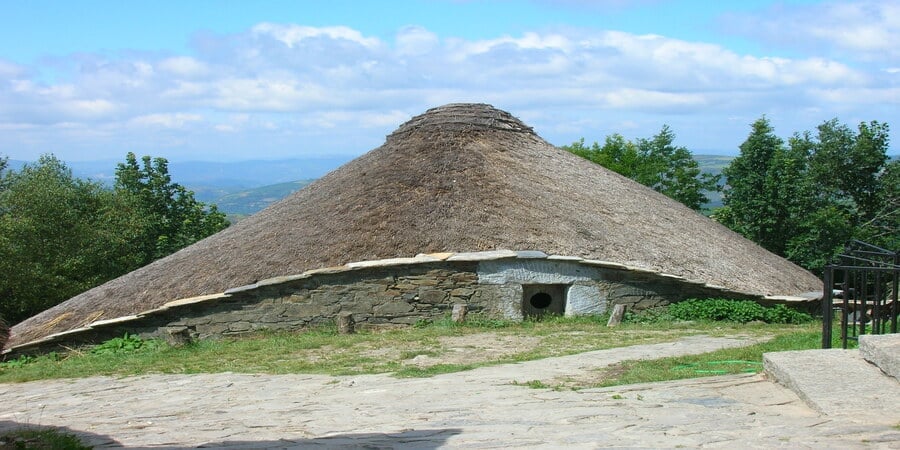
Secret Caves and Underground Wonders
Beneath the surface, the Camino hides intriguing caves and tunnels, once used by monks and hermits—these hidden historical landmarks whisper stories of solitude, devotion, and centuries-old secrets.
The Cave of San Genadio
Near Ponferrada on the Camino Francés, this cave was once home to the hermit San Genadio in the 9th century. It is a peaceful and spiritual place, perfect for reflection.
The Hidden Grotto of Santa Comba
This little-known cave-chapel in Galicia is linked to early Christian worship. Carved into the rock, it holds an air of mystery and devotion. It is located along the Camino Espiritual.
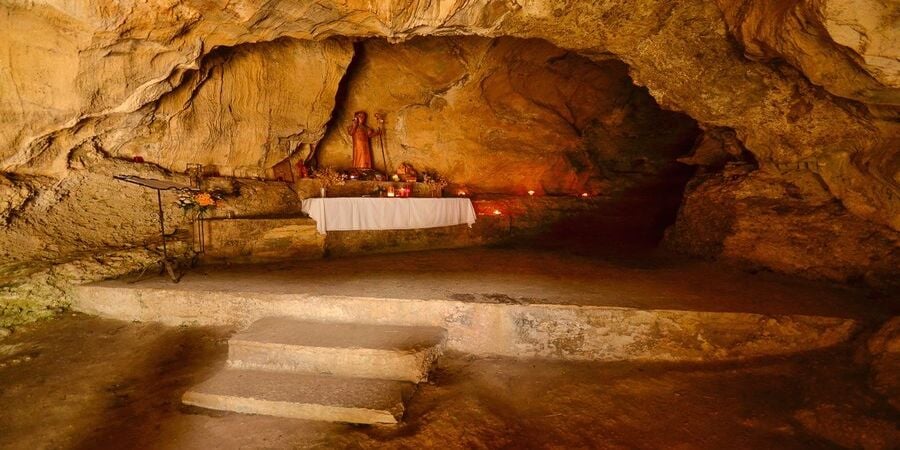
Forgotten Castles and Defensive Towers
Medieval castles and towers once protected pilgrims and local communities. Some remain standing, hidden off the main routes.
The Castle of Ponferrada
This imposing fortress belonged to the Knights Templar and overlooks the city of Ponferrada, Camino Francés. Though not entirely hidden, many pilgrims pass without exploring its extensive history. Built in the 12th century, it played a crucial role in protecting travelers.
The Tower of Lugo
Lugo, a popular Camino starting point on the Camino Primitivo is famous for its Roman walls, but its medieval tower remains lesser known. This fortification played a key role in protecting pilgrims and traders along the route.
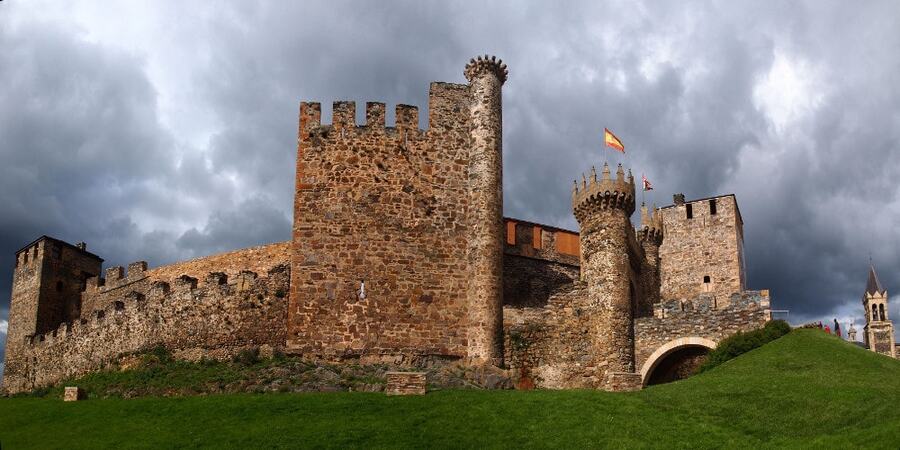
Discovering the Camino’s Hidden Past
These hidden historical landmarks add depth to the Camino experience. Exploring beyond the well-known sites reveals a rich tapestry of history, faith, and mystery. Whether it’s an ancient bridge, a lost village, or a medieval chapel, each hidden gem holds a story waiting to be uncovered.
For more information about Camino de Santiago routes or to book your trip, contact us. Plan your trip effortlessly and get an instant quote with our Camino Planner.
